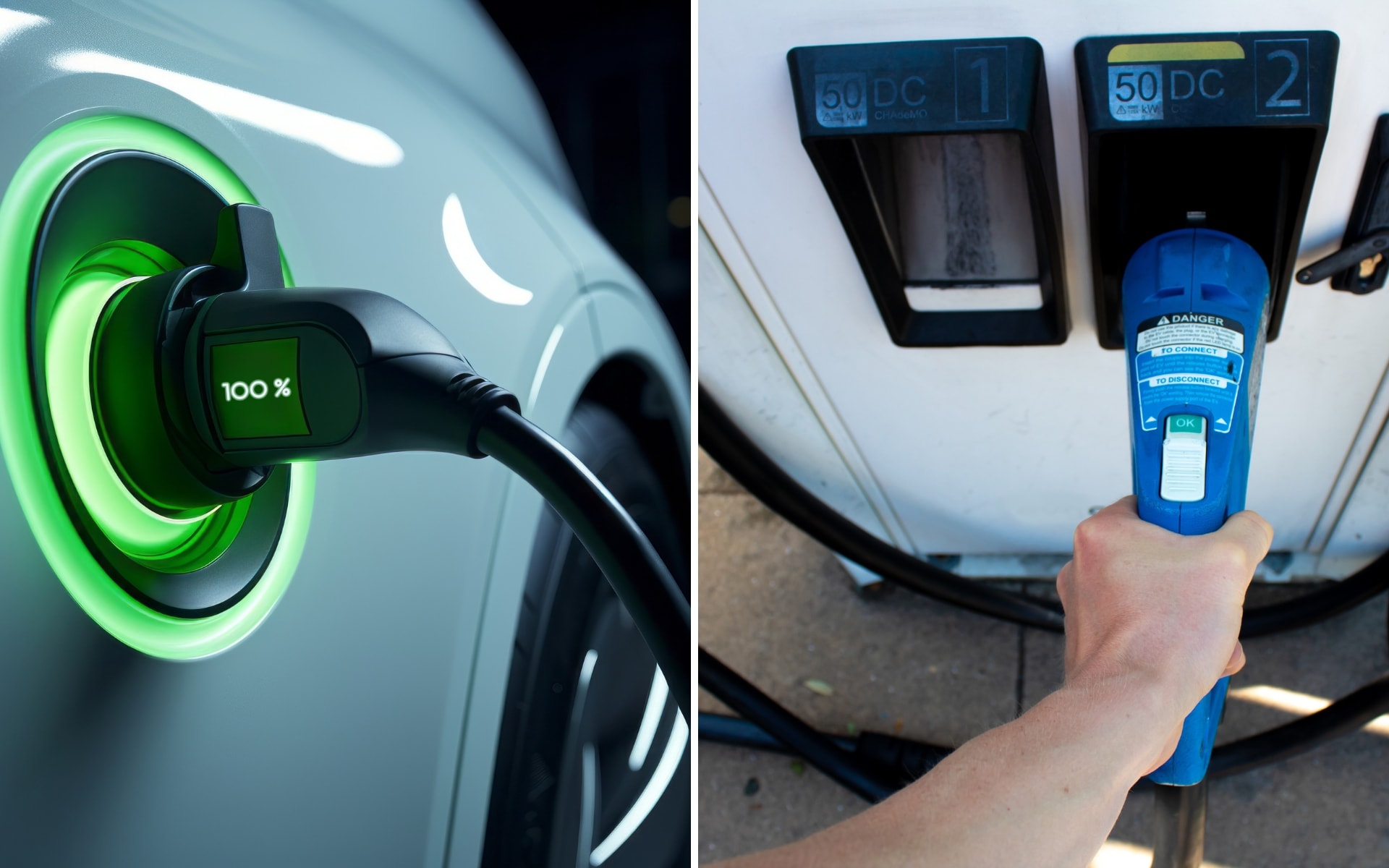
For new EV owners, the different types of charging can be confusing. It's essential to understand the difference between AC and DC charging and the different levels of charging.
AC Charging
AC charging is the most basic form of charging for EVs. It converts AC power from the electrical grid into DC power that can be used to charge an EV battery. Typically, AC charging is done through a Level 1 or Level 2 charging station.
Level 1 Charging
Level 1 charging is the simplest form of AC charging and can be done with a standard 120-volt electrical outlet. However, it’s prolonged and can take up to 20 hours to completely charge an EV battery. Level 1 charging is best suited for cars with smaller batteries and don’t require a full charge every day.
Level 2 Charging
Level 2 charging is a faster form of AC charging than Level 1, requiring a particular charging station that can supply up to 240 volts of power. Most public charging stations and home charging stations are Level 2 charging stations. Level 2 charging can fully charge an EV battery in 4-8 hours, depending on the size of the battery.
DC Charging
DC charging is a faster form of charging that uses direct current to charge the battery. It is also known as fast charging or Level 3 charging. DC charging requires a special infrastructure and is not as widely available as AC charging.
Level 3 Charging
Level 3 charging is the fastest available form and can charge EV batteries up to 80% in just 20-30 minutes. It requires a much higher voltage than Level 2 charging, with charging stations typically supplying at least 400 volts of power. Level 3 charging stations are not as widely available as Level 2 stations but are becoming more common in areas with high EV adoption rates.
Contact Us in Thornhill
The different charging levels refer to the amount of power the charging station can provide to the EV battery, with higher levels charging faster. Contact Audi Thornhill in ON for more information on EV charging.